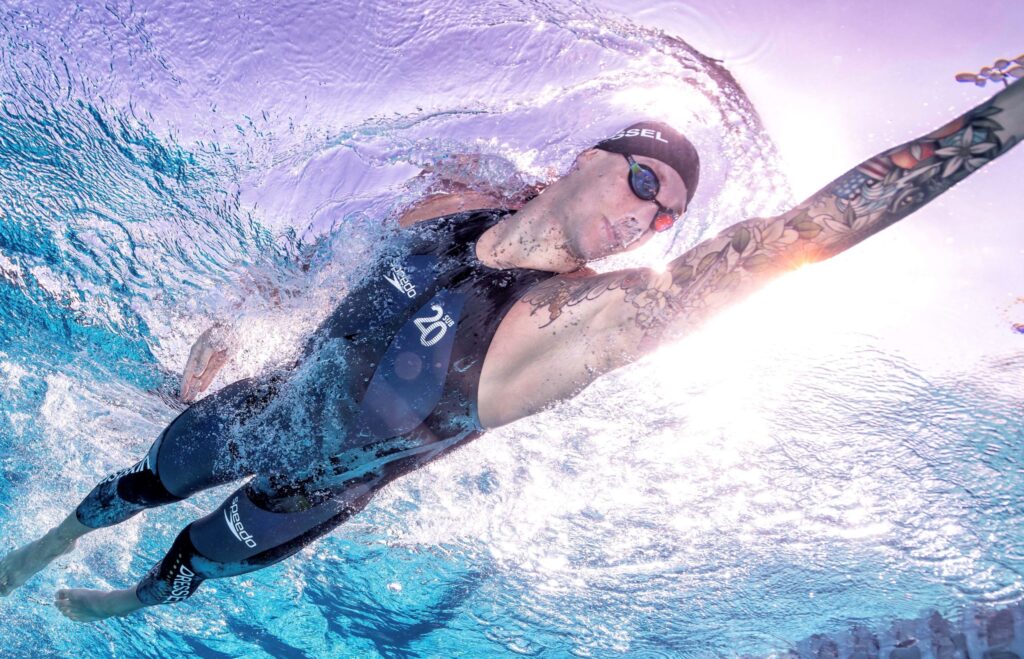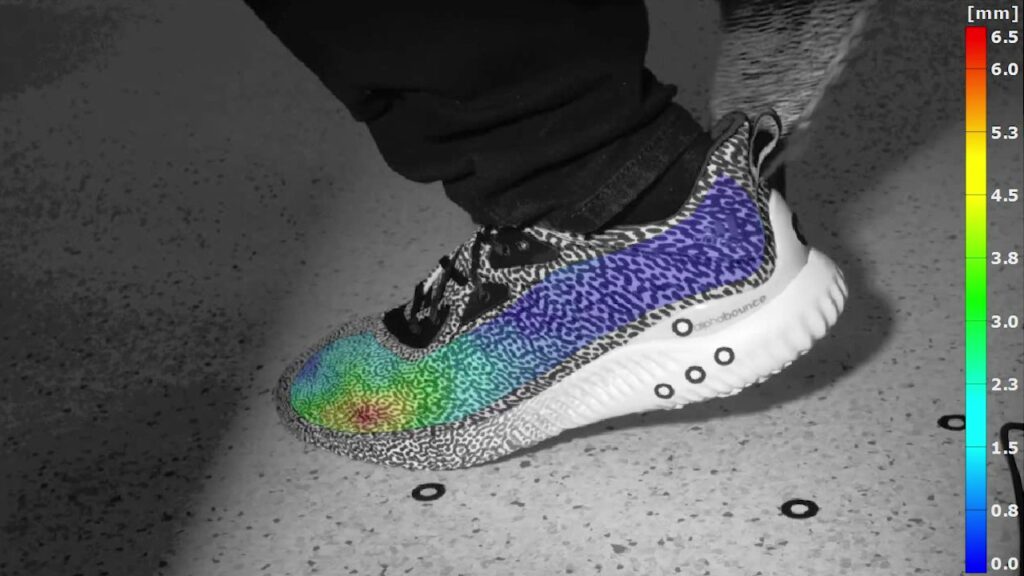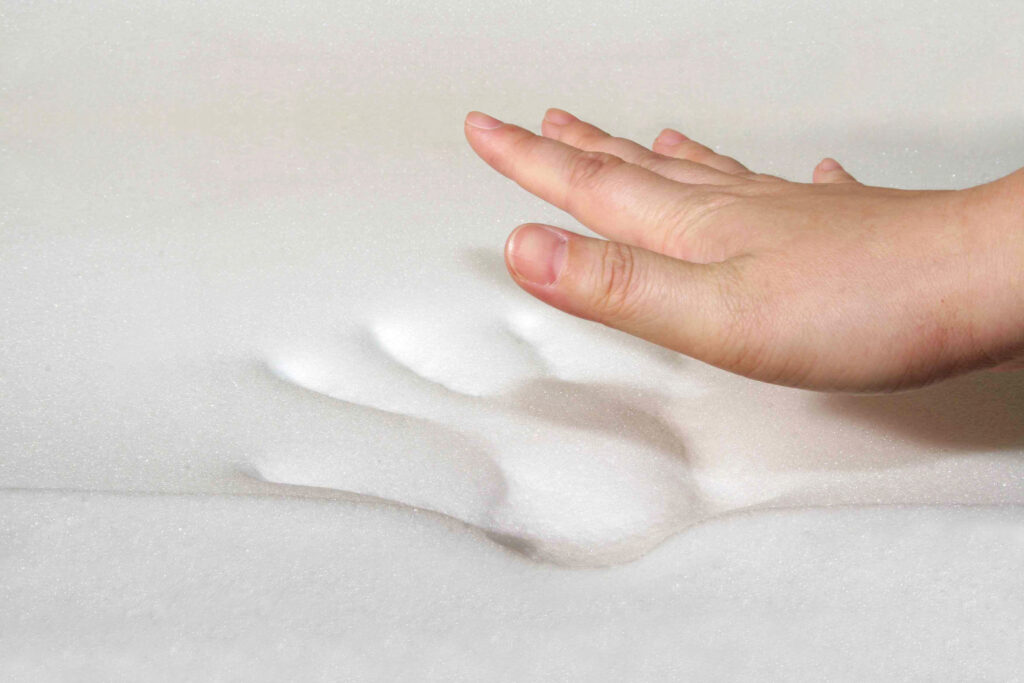Automotive industry and aviation. Ecology and medicine. Items of our everyday life and gadgets. All of these are industries that have been influenced by technologies that were born thanks to the efforts of NASA specialists. We have already talked about them. Today we’re going to talk about sports. In this article, you’ll learn about five of the most interesting sports innovations that show traces of space-age technology.
Swimming suits
Over the years, NASA has introduced many innovations to the aviation industry, from new wing shapes to special software that improves aircraft control. The key to most of them has been the use of a wind tunnel, a device that allows for quick and cheap testing of experimental designs.

But the wind tunnel can be used not only to improve aircraft designs, but also to test materials and shapes intended for use in the aquatic environment. Wind tunnel tests at NASA’s Langley Research Center played a key role in the development of the famous Speedo LZR Racer suit. Thanks to them, the designers realized which materials and seams best reduce the swimmer’s drag in the water, thus maximizing performance.
The LZR Racer made its debut at the 2008 Beijing Olympics and made a splash. Athletes wearing these suits won 94% of all swims and 89% of the possible medals. In total, 23 of the 25 world records at that time were set by swimmers who competed in the LZR Racer.
The performance of the suit was so high that the International Swimming Federation even had to ban its use in official sports competitions. However, the modified version of the LZR Racer is still very popular among professional athletes.
Sports shoes
In 2003, NASA lost the Columbia spacecraft and seven astronauts. The disaster was caused by a piece of insulating foam hitting the wing of the shuttle. In an effort to understand how such a lightweight material led to critical damage, the organization turned to the ARAMIS system, which consisted of high-speed cameras and special software. The system had been used before, but to investigate the shuttle crash, it had to be modified in many ways that significantly increased the speed of the survey.

During subsequent experiments, NASA was able not only to reproduce the fatal impact, but also to use this system to identify other potentially vulnerable areas of space shuttles and strengthen them.
Later, the technology was used in other industries that require research into the behavior of various materials at high speeds, from the automotive industry to the military. It has also found application in sports. Adidas used the system to film professional athletes. Subsequently, the data obtained helped to create new, more comfortable and efficient shoes designed for athletes.
Roofs of sports facilities
After the fire that killed the crew of the Apollo 1 mission, NASA significantly revised its safety standards. In particular, the organization began searching for a new, stronger and more fire-resistant material for spacesuits. In the end, it chose the so-called beta fabric, consisting of Teflon-coated quartz fiber. It was used to create the outer layer of the spacesuits worn by the Apollo astronauts when they landed on the Moon.

As in the case of the other examples mentioned above, this innovation was later applied on Earth. Birdair Structures Inc. decided to use Teflon-coated fiberglass to create roofs for large structures. The novelty was first demonstrated to the general public in 1970, when a fiberglass canopy covered the American pavilion at the Osaka World’s Fair.
The technology became even more popular in the construction of sports facilities. Nowadays, fiberglass roofs are used in many arenas. Structures made of this material are lightweight, highly durable and moisture resistant. They are also impervious to pollutants, but at the same time transmit ultraviolet rays, which makes it possible to place natural grass lawns under them.
Protective equipment
In the late 1960s, NASA formed a special research team to create a new seat for airliners that would provide better protection for passengers from vibrations and stresses that occur during emergencies. The result of this research was the emergence of a new polymeric material called Memory Foam. It had both high energy-absorbing characteristics and a memory effect.

Initially, Memory Foam was used exclusively in the airline industry to improve passenger comfort. But later it found wide application in other areas of activity, such as medicine, the automotive industry, and sports.
The new material was actively used to create seats for car racers, which helped reduce the load during races and reduce the risk of serious injuries in accidents. Another area of application is protective equipment. Memory Foam is now used to make protective pads, knee pads, and helmets used in popular sports such as hockey, baseball, and soccer.
Tennis rackets
In the late 1990s, NASA developed a new material based on ceramic fibers. It was called a “macrofiber composite” (MFC). Initially, its main field of application was aerodynamic research. MFC was used to study the behavior of helicopter rotor blades and to monitor vibrations that occur in the supporting structures of launch pads during the launch of space shuttles. It has also been used to detect cracks in pipelines, test wind turbine blades, and conduct experiments in solar sail design.

Later, the new material was used for more “mundane” applications. Automotive giants started using it. They were followed by sports manufacturers. Nowadays, MFC is actively used to improve the performance of sports equipment such as skis, snowboards, baseball bats, hockey sticks, and tennis rackets. It is also used in the manufacture of microphones and audio speakers.
This article was published in Universe Space Tech magazine #6 (187) 2021. You can buy this issue in electronic or paper versions in our store.

